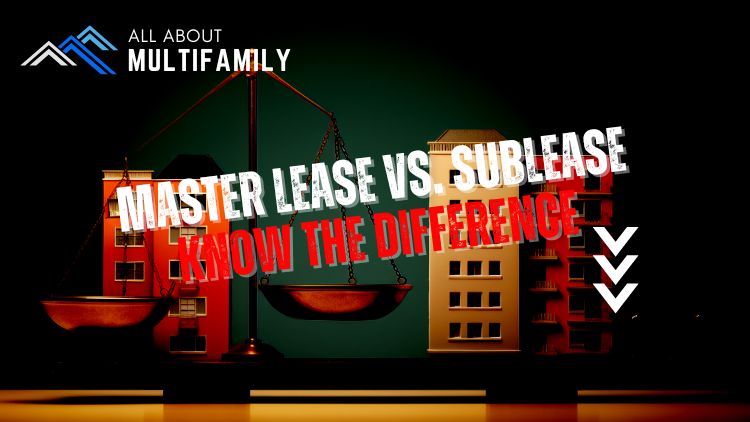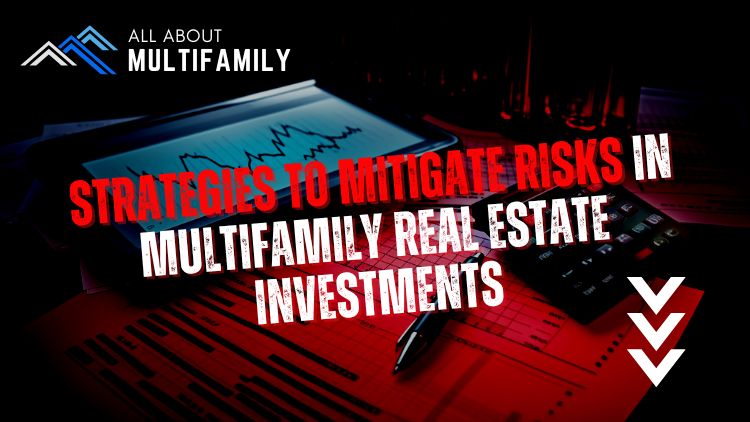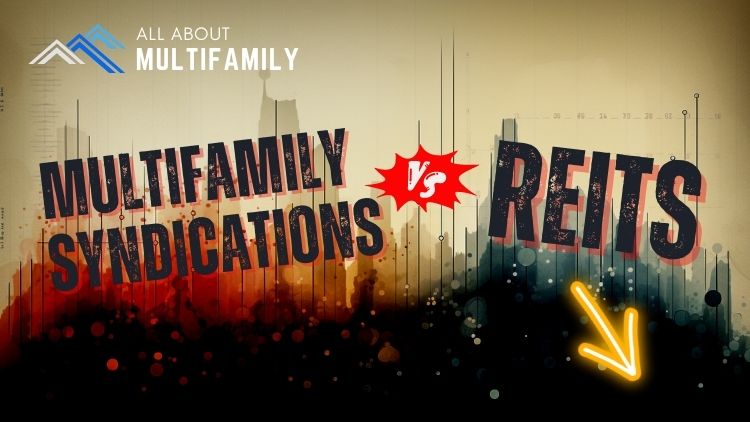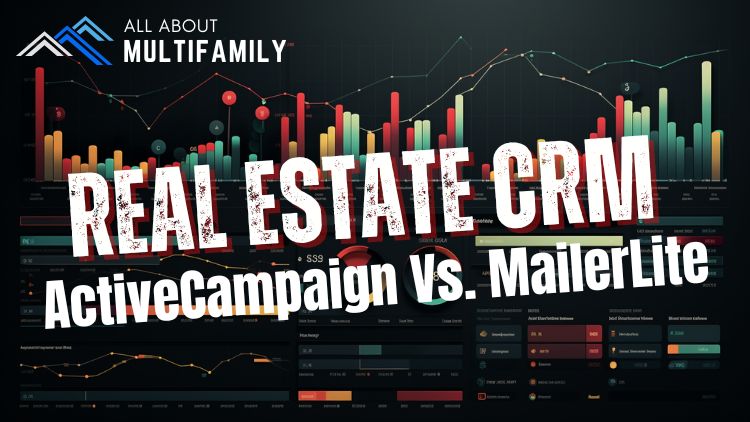Multifamily real estate is a dynamic and lucrative investment market that encompasses properties with multiple residential units, such as apartment buildings, condominiums, townhomes, and duplexes. If you’re considering venturing into the multifamily real estate industry, it’s crucial to familiarize yourself with the various terminologies used in this field. In this article, we present a comprehensive glossary of multifamily real estate terms to help you navigate this exciting market with confidence.
- Cap Rate: The capitalization rate, or cap rate, is a key metric used to evaluate the profitability of an investment property. It is calculated by dividing the property’s net operating income (NOI) by its current market value. A higher cap rate indicates a higher potential return on investment.
- Cash-on-Cash Return: Cash-on-cash return measures the annual return on the actual cash invested in a property. It is calculated by dividing the property’s annual cash flow before taxes by the initial cash investment. This metric helps investors assess the profitability of their investment and compare it to alternative investment options.
- Gross Rent Multiplier (GRM): The gross rent multiplier is a ratio used to estimate the value of an investment property based on its gross rental income. It is calculated by dividing the property’s purchase price by its gross annual rental income. A lower GRM indicates a potentially better investment opportunity.
- Net Operating Income (NOI): Net operating income represents the income generated by a property after deducting operating expenses but before deducting mortgage payments and income taxes. It is a crucial figure for assessing the profitability of an investment property.
- Vacancy Rate: The vacancy rate is the percentage of vacant units in a rental property relative to the total number of units. It is an essential indicator of the property’s performance and can help investors gauge the demand for rental units in a particular market.
- Debt Service Coverage Ratio (DSCR): The debt service coverage ratio is a metric used by lenders to assess a borrower’s ability to cover mortgage payments. It is calculated by dividing the property’s net operating income by its annual debt service. A higher DSCR indicates a lower risk for lenders and increases the likelihood of obtaining favorable financing terms.
- Amortization: Amortization refers to the gradual repayment of a loan through regular payments over time. In the context of multifamily real estate, it usually refers to the repayment of a mortgage loan used to finance the property acquisition.
- Equity: Equity represents the ownership interest in a property that belongs to the owner or owners. It is calculated by subtracting the outstanding mortgage balance from the property’s current market value.
- Appreciation: Appreciation refers to the increase in the value of a property over time. It can result from various factors, such as market conditions, improvements made to the property, and demand in the local area. Appreciation is a significant source of wealth accumulation for real estate investors.
- Depreciation: Depreciation is the decrease in the value of a property over time due to wear and tear, aging, and obsolescence. For tax purposes, real estate investors can claim depreciation as an expense, which can help offset rental income and reduce tax liability.
- Capital Expenditures (CapEx): Capital expenditures are significant expenses incurred to maintain or improve a property’s physical condition or extend its useful life. Examples of capital expenditures in multifamily real estate include roof replacements, HVAC system upgrades, and major renovations.
- Property Management: Property management refers to the professional management of a real estate property on behalf of the owner. Property managers handle tasks such as tenant screening, rent collection, maintenance and repairs, lease agreements, and overall property operations.
- Rent Roll: A rent roll is a document that provides an overview of the rental income generated by a multifamily property. It includes information about each tenant, such as their unit number, monthly rent, lease terms, and payment history. The rent roll is essential for assessing the financial performance of the property.
- Tenant Screening: Tenant screening is the process of evaluating prospective tenants to ensure they meet certain criteria, such as creditworthiness, income stability, and rental history. Effective tenant screening helps landlords select reliable and responsible tenants, reducing the risk of late payments, property damage, or eviction.
- Market Analysis: Market analysis involves assessing the supply and demand dynamics, pricing trends, and economic factors affecting the multifamily real estate market in a specific area. It helps investors identify market opportunities, make informed investment decisions, and evaluate potential risks.
By familiarizing yourself with these multifamily real estate terms, you’ll gain a solid foundation for understanding and navigating the industry. Whether you’re a seasoned investor or a newcomer to the market, having a grasp of these terms will empower you to make informed decisions and maximize your success.
Conclusion
Understanding the terminology used in multifamily real estate is crucial for investors looking to navigate this lucrative market successfully. This comprehensive glossary has provided definitions for key terms such as cap rate, cash-on-cash return, net operating income, and more. By familiarizing yourself with these terms and their implications, you’ll be well-equipped to make informed investment decisions and thrive in the multifamily real estate industry.
FAQs
- Q: What is the cap rate, and why is it important in multifamily real estate investing?
A: The cap rate, or capitalization rate, is a metric that helps evaluate the profitability of an investment property. It is calculated by dividing the property’s net operating income (NOI) by its market value. A higher cap rate indicates a higher potential return on investment. - Q: How is the cash-on-cash return calculated, and why is it relevant in multifamily real estate?
A: Cash-on-cash return measures the annual return on the cash invested in a property. It is calculated by dividing the property’s annual cash flow before taxes by the initial cash investment. This metric helps investors assess the profitability of their investment and compare it to other investment options. - Q: What is the significance of the gross rent multiplier (GRM) in multifamily real estate?
A: The gross rent multiplier is a ratio used to estimate the value of an investment property based on its gross rental income. It is calculated by dividing the property’s purchase price by its gross annual rental income. A lower GRM suggests a potentially better investment opportunity. - Q: How does depreciation impact multifamily real estate investments?
A: Depreciation refers to the decrease in the value of a property over time. Real estate investors can claim depreciation as an expense for tax purposes, which helps offset rental income and reduce tax liability. - Q: What role does property management play in multifamily real estate?
A: Property management involves the professional management of a real estate property on behalf of the owner. Property managers handle tasks such as tenant screening, rent collection, maintenance, and overall property operations, ensuring smooth operations and maximizing returns for investors.
































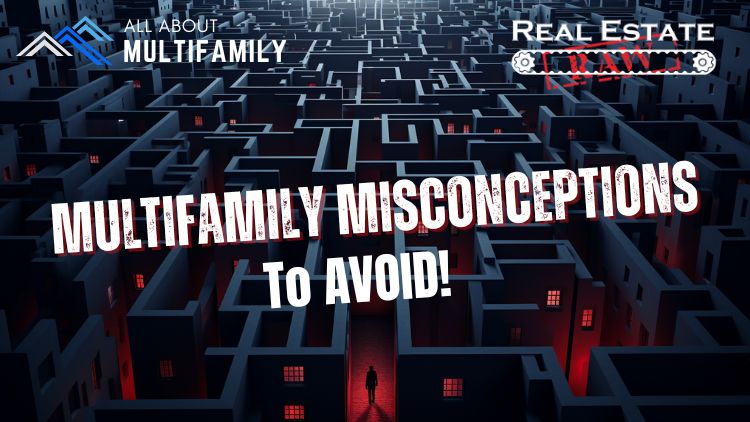













![An In-Depth Look at Jake and Gino's Coaching Program [A Review]](https://allaboutmultifamilyinvesting.com/wp-content/uploads/2023/10/AAM-BMP-Blog-Covers-750-×-422px-6.jpg)


![Email Marketing Tips for Multifamily Real Estate Syndicators to Raise Capital [Templates included]](https://allaboutmultifamilyinvesting.com/wp-content/uploads/2023/09/AAM-BMP-Blog-Covers-750-×-422px-4.jpg)

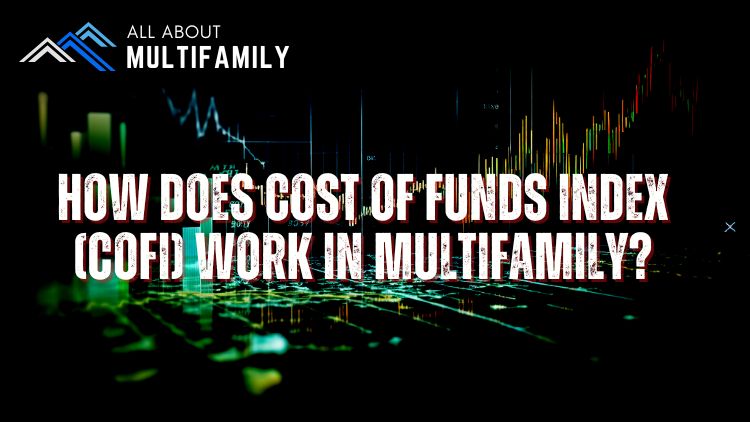




![The Richest Kids In America [Book Review]](https://allaboutmultifamilyinvesting.com/wp-content/uploads/2023/09/AAM-BMP-Blog-Covers-750-×-422px-84.jpg)


